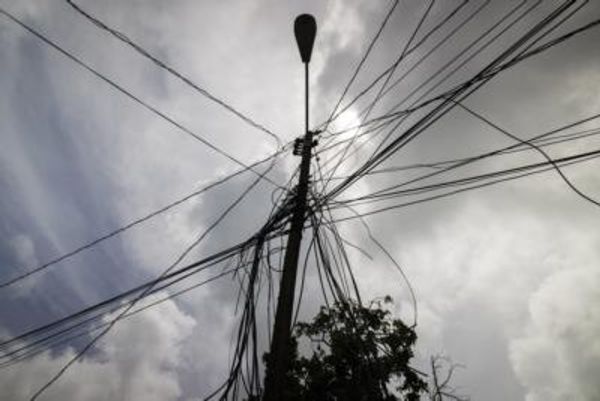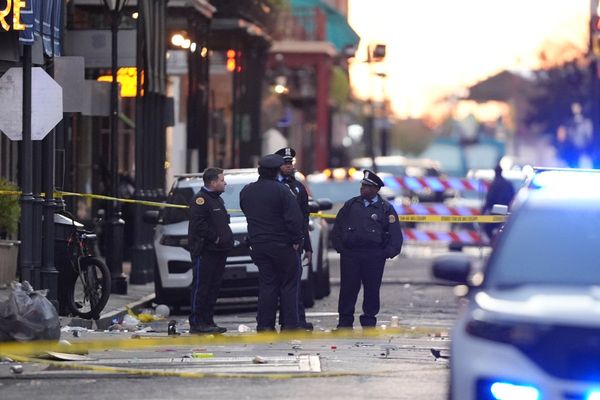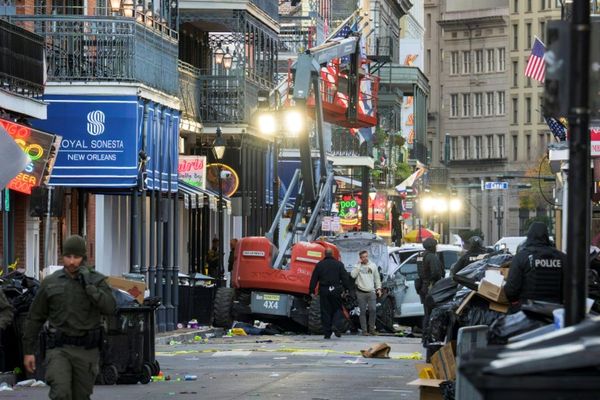
Gleeful civil servants offered John Major the chance to see a secret dossier of Profumo scandal evidence at the same time as they were considering whether to destroy it, newly released cabinet papers reveal.
The freshly disclosed documents show the scandal’s power to cause government anxiety and curiosity even 30 years after it emerged that secretary of state for war, John Profumo, had been sleeping with Christine Keeler while she was also seeing Russian naval attaché Yevgeny Ivanov.
In 1993 the Major government was faced with the problem of whether to allow the release of evidence collected by Lord Denning under the 30-year rule.
Denning had assured interviewees that what they said would be treated in the strictest confidence. He published his report in September 1963, but in 1966 he advised that the secret dossier of evidence on which it was based should be destroyed.
That did not happen, however. By early August 1993 the evidence was sitting in the strongroom of cabinet secretary Sir Robin Butler’s office.
When Sir Robin sent Mr Major a briefing document on what to do about the evidence, Alex Allan, principal private secretary to the prime minister, could not resist adding his own gleeful note: “Prime minister, it is very tempting to suggest you could not take such a decision with[out] studying the evidence personally!”
There are signs that this playful suggestion was followed up. In another note, on September 16 1993, Mr Allan recorded that it was “no problem if PM wants to go round to FERB’s office [Sir Robin was referred to by his initials] and read extracts.”
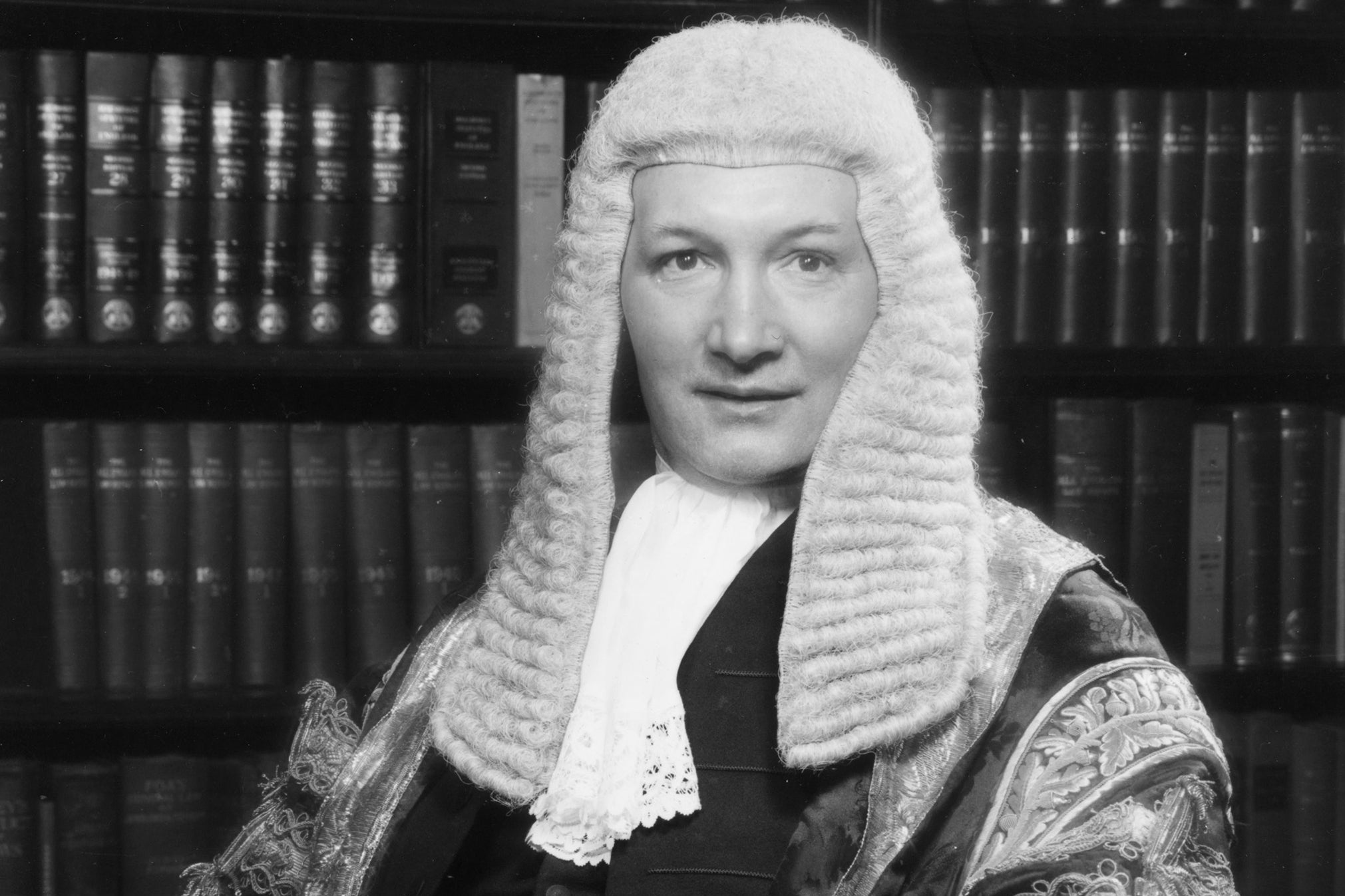
The released documents, which are now in the National Archives at Kew, do not say whether Mr Major – who was concealing his own sex scandal in the form of his 1980s affair with Edwina Currie – ever read the secret Denning evidence.
Sir Robin had briefed him that despite Denning’s wishes, “it would be wrong to destroy the papers. They reflect an extraordinary episode and evoke the character of the 1960s in a very powerful way.
“Historians would judge us harshly for such destruction.”
“On the other hand,” added Sir Robin, who was perhaps conscious that the 94-year-old ex-master of the rolls was still alive, “given Lord Denning’s assurances to witnesses, it would not be appropriate to open the material after 30 years.”
Whether he saw it or not, Mr Major agreed the dossier should be withheld from public view until 2063, by which time 100 years would have elapsed since Lord Denning collected his evidence in 1963.
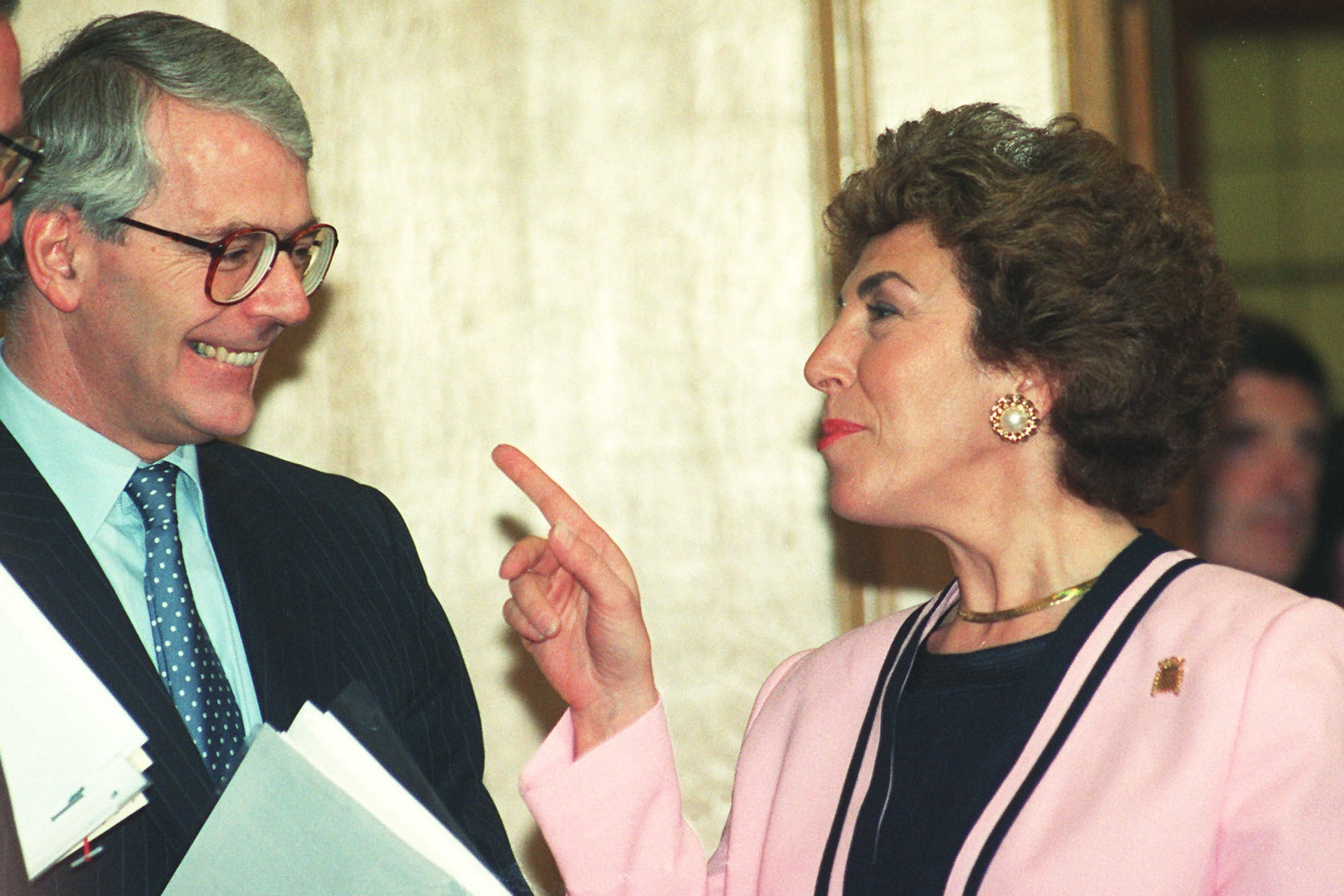
That, though, was not the end of Nineties-government anxiety about a scandal that happened in the Sixties.
When the civil servants looked through other documents eligible for release under the 30-year rule, they discovered a set of draft cabinet minutes that in June 1963 had been deemed so sensitive they were circulated only to then prime minister Harold Macmillan and the Queen.
In January 1994, Mr Allan wrote in a memo: “The draft cabinet minutes with their reference to Mr Duncan Sandys may startle people.”
The case of the headless man and the Duchess of Argyll had returned to haunt the Major government.
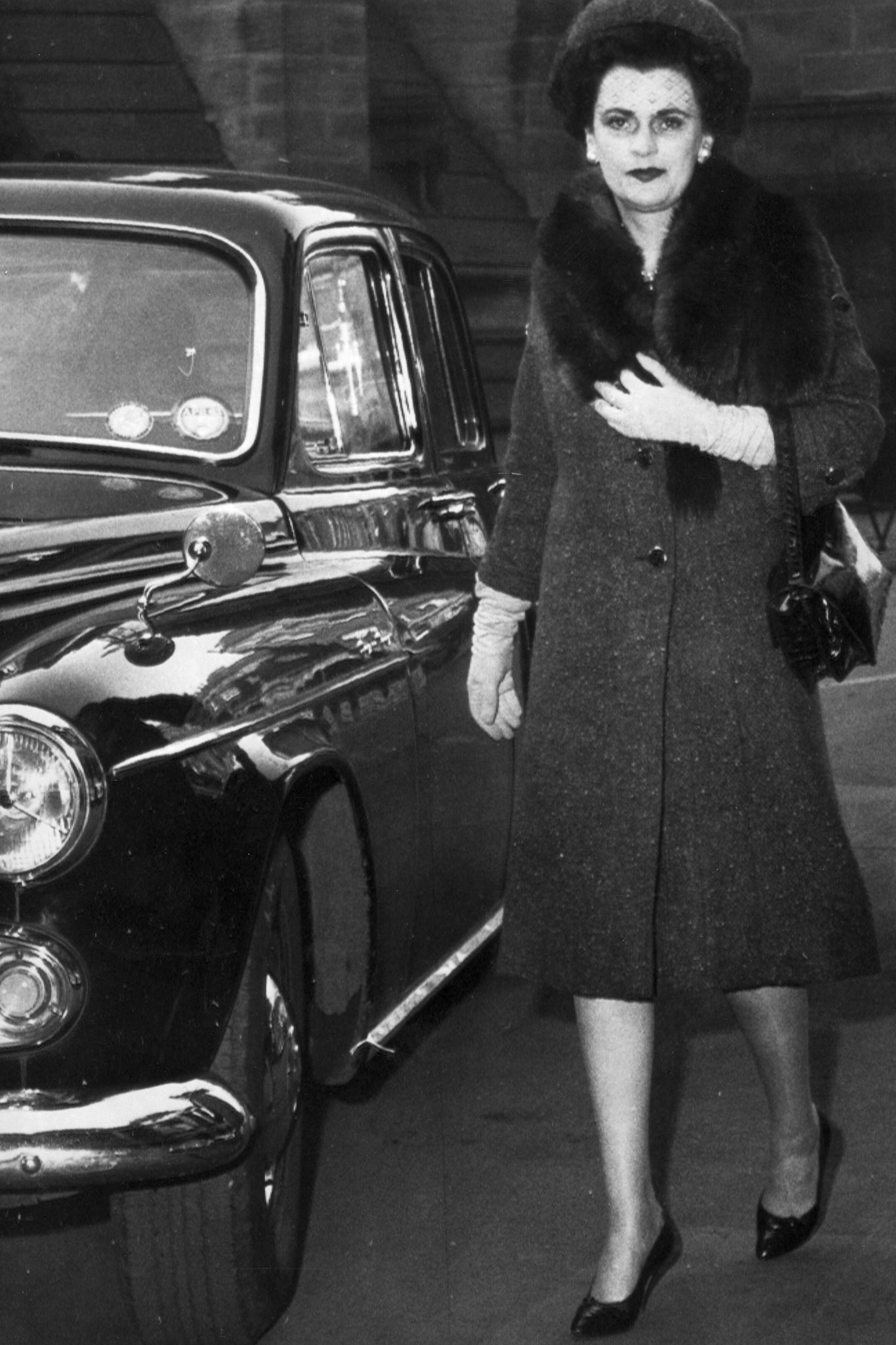
The Argyll v Argyll divorce case became drawn into the Denning inquiry about the consequences of establishment members’ sexual capers after it caused a sensation in March 1963, the same month that Profumo lied to the Commons about his relationship with Keeler.
Central to the case were two photographs, taken with a Polaroid camera in the 1950s. These showed the duchess, naked but for her pearl necklace, entertaining a lover, also naked but with his head out of shot.
The duchess’s husband, Ian, the 11th Duke of Argyll, used the Polaroids to reinforce the claim that his society-beauty wife had had 88 lovers – two of them ministers, three of them royals – and had given them performance ratings in her diaries.
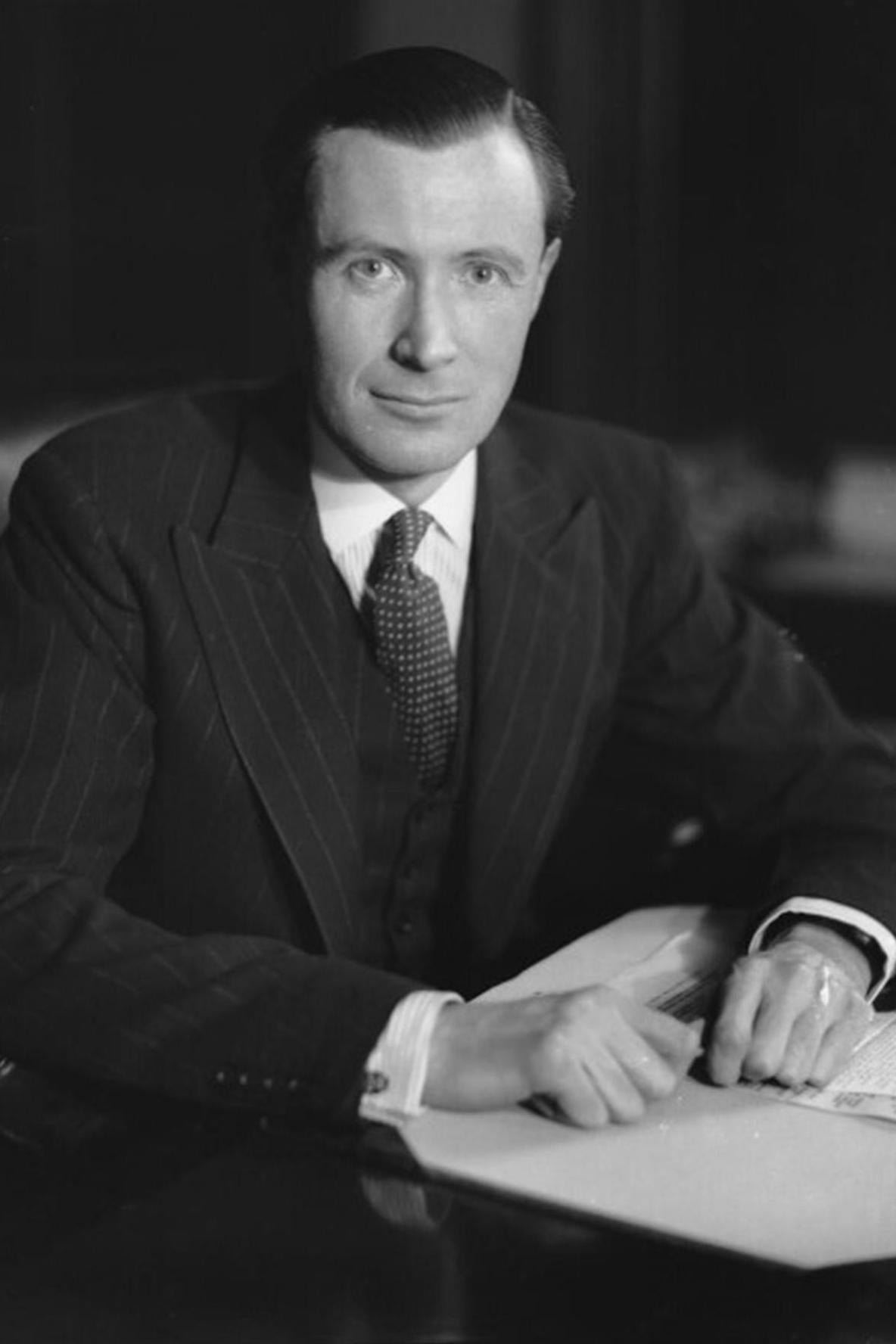
By June that year, with the Profumo scandal unleashing a torrent of anti-establishment sentiment, Duncan Sandys, secretary of state for the Commonwealth, son-in-law of Winston Churchill, realised he could cause the Macmillan government fresh embarrassment.
He was being gossiped about for possibly being the headless man in the Argyll v Argyll shots.
The historical cabinet minutes that worried the Major government couched it all in the polite Whitehall language of the civil service, but the implications would have been clear to anyone familiar with the headless man story.
On June 20 1963, the minutes recorded, as the cabinet discussed establishing what became the Denning inquiry: “The commonwealth secretary said that he was himself the subject of some of the rumours to which the prime minister had referred.
“In one respect the allegations involved him in some difficulty. For the rest he completely denied them.
“He realised, however, that in the present situation his presence in the government might embarrass his colleagues; and he therefore proposed to discuss with the prime minister whether the circumstances required him to tender his resignation.”
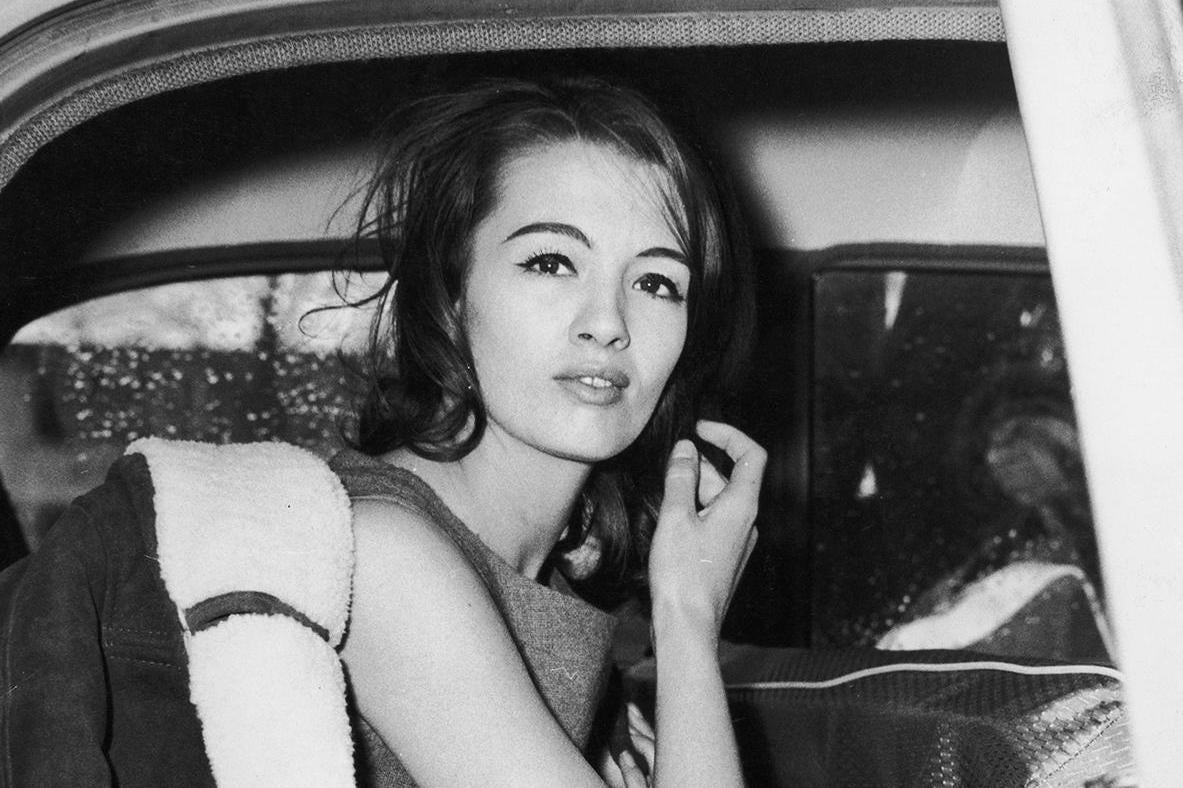
By the time cabinet reconvened the next day, Sandys had talked to the PM and decided against resigning.
For the eyes of only Macmillan and the Queen, the June 21 minutes stated: “The commonwealth secretary said he had now discussed with the prime minister the circumstances in which his own name had become linked with the current allegations.
“He proposed to send the prime minister a letter, requesting that the specific allegations against him should be referred to Lord Denning for investigation. He felt this action was a proper, and sufficient discharge of his responsibilities in this connection.”
The Major government decided to release the minutes under the 30-year rule. They had, after all, stopped short of revealing whether or not Sandys, who died in 1987, really was the man in the Polaroids.
But by a strange coincidence, as the Major government secretly grappled with the problem of what to do with the evidence compiled by Lord Denning, the ex-judge himself was giving The Independent clues about the headless man’s identity, and effectively ruling out Sandys.
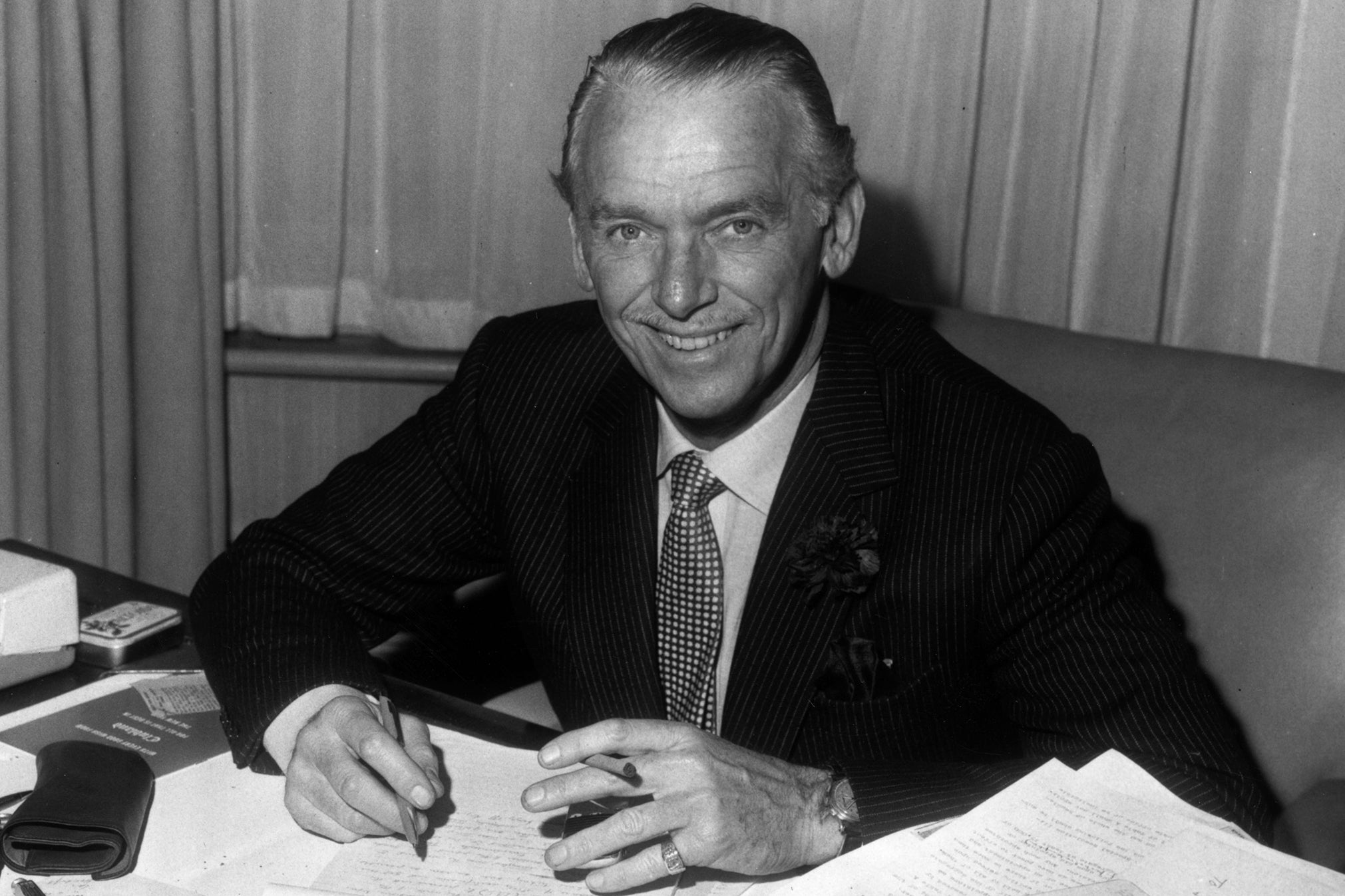
In his report, Denning had, without naming Sandys, described how a government minister had voluntarily subjected himself to a medical examination that showed his physical characteristics differed in “unmistakeable and significant respects” from those of the headless man.
The Denning report also quashed the rumour that this unnamed minister had paid money to keep his name out of the Argyll divorce case.
But in the interview that was published on 1 August 1993, Denning went further.
He dropped heavy hints to The Independent that the headless man was Hollywood star Douglas Fairbanks Jr, identified by comparing his writing on a form for the inquiry with handwritten captions on a second set of photos, intended for the duchess and showing the bottom half of a masturbating man.
When The Independent asked if this was Mr Fairbanks, Denning replied: “If you guess that you may guess right. But I won’t disclose who it was as I promised that the information I gathered would be entirely confidential.”
Mr Fairbanks, then 84, refused to comment, simply telling The Independent: “This is not a court of law and I don’t talk about things like that.”
In 2000, however, a documentary of Channel 4’s Secret History strand suggested the ‘headless man’ might in fact have been two different lovers: Fairbanks in the four photos of the masturbating man, but Sandys in the Polaroids showing someone enjoying the company of the naked duchess.
Sandys was defence minister in the late 1950s and, the documentary claimed, the duchess had confided to a friend just before her death: “Of course, sweetie, the only Polaroid camera in the country at this time had been lent to the ministry of defence.”
Then in 2013, Lady Colin Campbell, who had been briefly married to the Duke of Argyll’s son, introduced a third headless-man candidate. She said the duchess had told her it was high-born Pan Am sales director William H Lyons.
Writing for the Mail on Sunday, Lady Colin sought to defend the late duchess’s reputation from the verdict of a case that had been heard when Britain’s archaic divorce laws required fault-finding, in front of teetotal, Jesuit-educated Catholic judge, Lord Wheatley.
In his judgement, Lord Wheatley had denounced Margaret, Duchess of Argyll as “a highly sexed woman who had ceased to be satisfied with normal relations and had started to indulge in disgusting sexual activities.”
Lady Colin, however, insisted that this was not the stepmother-in-law she had known.
The Polaroid photos, she said, were a memento of “a loving encounter” between two people who had been accepted as a couple in polite society for six years, during the time that Lyons was estranged from his wife.
Lady Colin also poured scorn on the alleged tally of 88 lovers. She offered the alternative explanation that the supposed ratings were in fact meeting times recorded by the duchess in her diary to remind her of appointments with men who, more often than not, were gay at a time when homosexuality was still illegal.
Lady Colin also accused the 11th duke of buying pornographic photos abroad and including them in the evidence to humiliate duchess.
Other accounts do seem to suggest that the 11th duke might have been capable of such behaviour. Margaret had been his third wife. He had married his first, Janet Aitken, daughter of Lord Beaverbrook in 1927 when she was 17.
It is said that during the honeymoon the duke took Janet to a Paris brothel, saying she “had a lot to learn”, and also shook her violently while ordering her to “stop snivelling”.
Janet later allegedly discovered he had stolen her jewellery to pay off gambling debts, and came to the conclusion he had married her for money.
The duke was also said to have a drink problem, and according to the Mitford Society, Margaret was warned he was making her his third wife in order to get her money.
It is possible to read another warning sign in the claim that when Margaret and the duke first met on the luxury Golden Arrow boat-train, he had confessed to watching her descend the Café de Paris staircase and informing his second wife he had “just seen the girl he would marry some day”.
The marriage duly happened in 1951, but was on the rocks by 1959, at which point, according to Lady Colin Campbell, the duke resolved: “Two women have divorced me. This time I’m the one who is going to do the divorcing.”
He won the divorce case, but hubristically tried to cash in on the scandal by selling his story to The People newspaper in 1964.
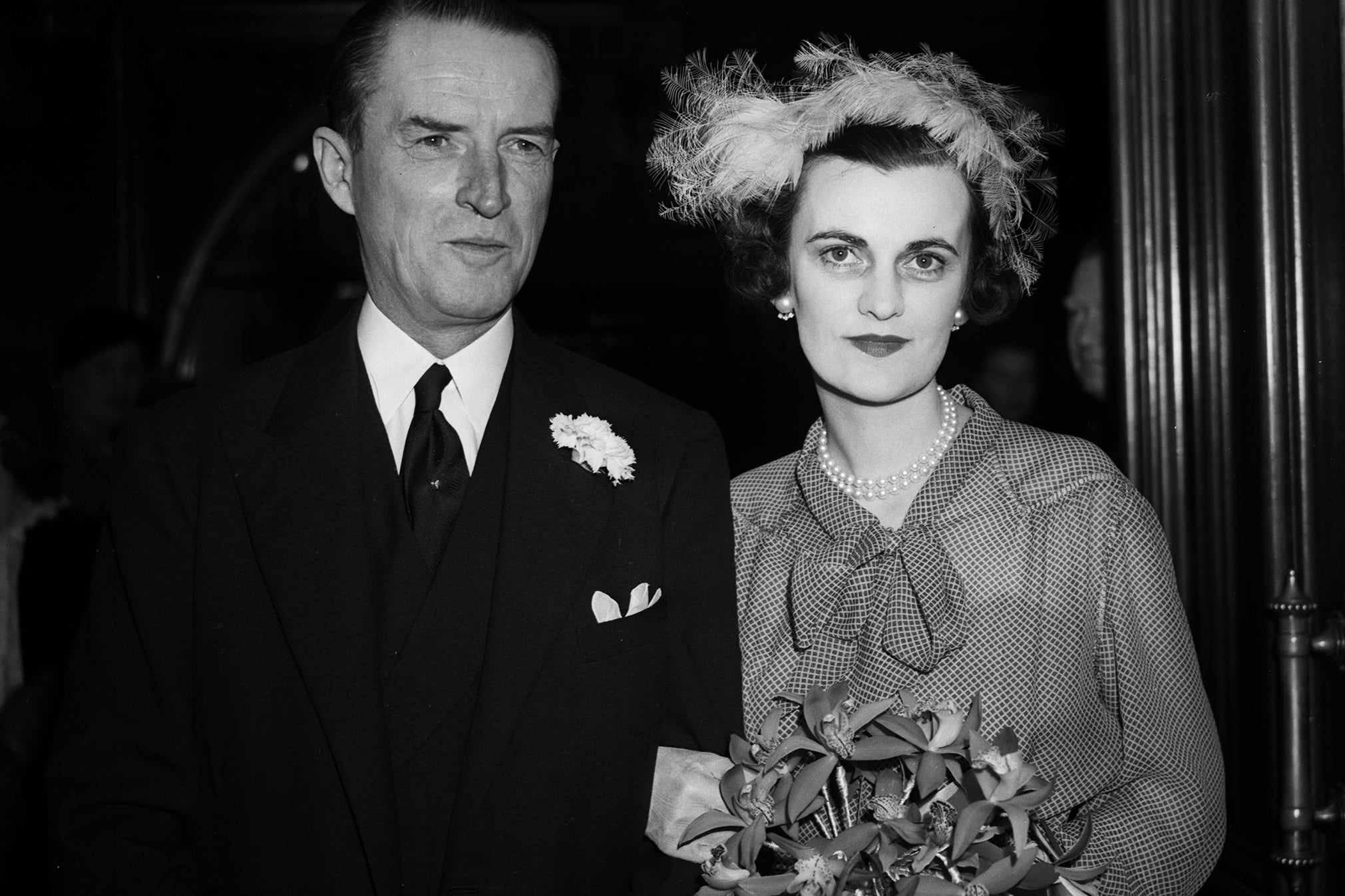
Fellow members at London gentlemen’s club White’s deemed this so unchivalrous they asked him to resign. Margaret’s first husband, Charles Sweeney, with whom she had remained friendly, was the man who orchestrated the expulsion.
“Though the mills of God grind slowly”, Margaret was said to have observed, “yet they grind exceedingly small.”
She ended her life in a Pimlico nursing home aged 80, on 25 July 1993, just a few days before the Major government began discussing what to do with the testimonies given to Lord Denning, among them her own.
She had been the only witness who had refused to make the journey to speak to Lord Denning.
“I informed him that while I was prepared to receive him at my house, there was no way I would be attending upon him,” she later told Lady Colin Campbell. “The impertinence of the man, linking us with that flotsam and jetsam.”
The great establishment beauty maintained her standards until the last. The nursing home served lunch at 12pm, but she ate it stone cold at 1pm.
Only servants, she explained, ate their lunch at midday.


